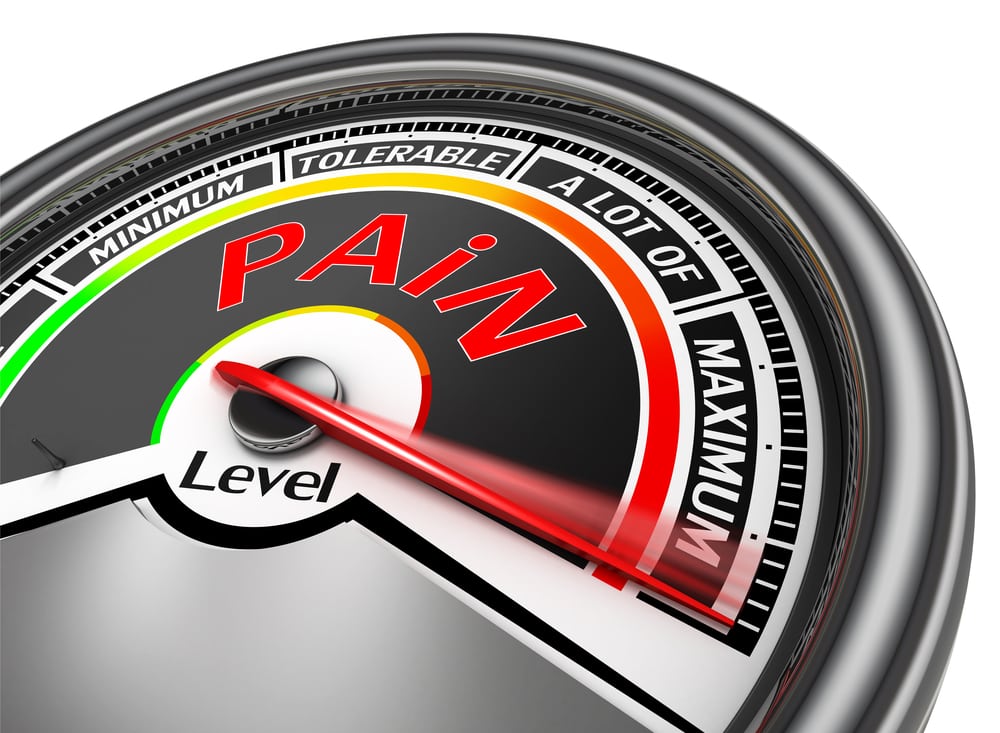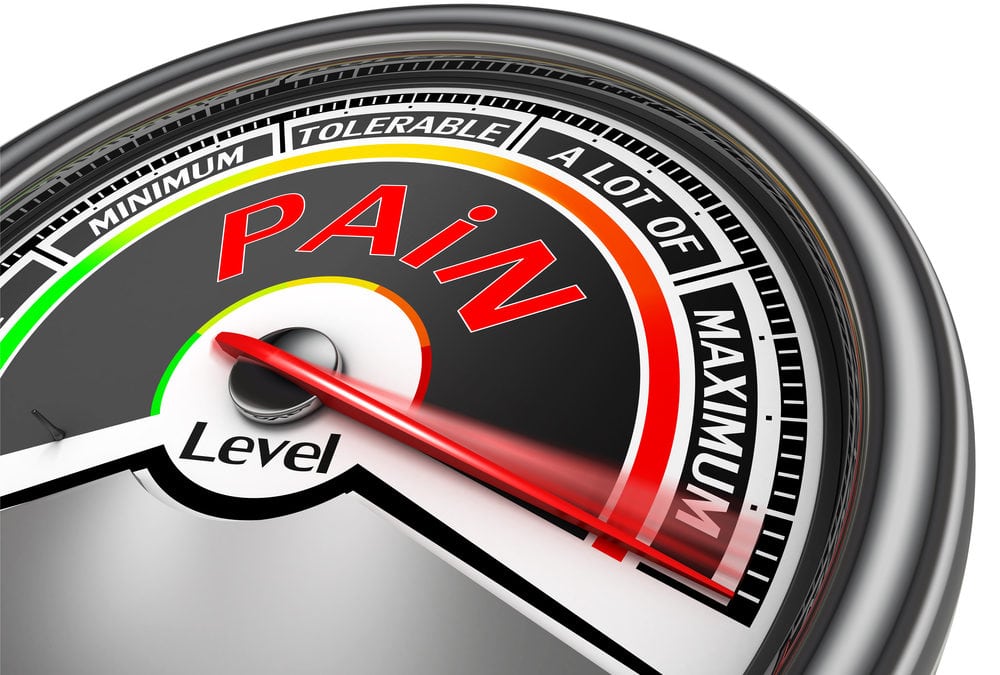Treating CRPS with Ketamine
Chronic pain can be both physically and mentally wearing. Chronic regional pain syndrome (CRPS) can be downright debilitating. Fortunately, Ketamine has proven to be a highly effective alternative for patients who have obtained little or no relief from opioids or other treatments. However, the treatment requires a willingness on the part of the patient to undergo rigorous treatments as well as on the practitioners who are skilled in administering this potentially life-changing medication.
CRPS Explained
Imagine walking outdoors on a mild spring day, with a light breeze in the air. Imagine also, instead of enjoying the feeling of balmy spring air against your skin, that every gust of wind felt like needle points digging into your arm. Or, consider having a leg so swollen that it oozes and being in so much pain that you cannot walk. That’s how CRPS affects its victims.
“Ketamine treatment provides permanent relief for about 25 percent of patients.”
With CRPS, a single neurotransmitter interaction is multiplied, so that a gentle tap on the hand can feel like a hammer crushing the fingers. CRPS often occurs after relatively minor injury or trauma, such as a sprained ankle, but sometimes there is no preceding injury. Other symptoms include the following:
- Severe swelling of the affected limb
- Flare-ups with even more severe symptoms
- Joint stiffness
- Weakness and jerking in the affected limb
- Skin discolorations and temperature and sweating changes in the affected area
- Changes in hair and nail growth in the affected area
CRPS often resolves itself with time. However, for some unfortunate victims, symptoms persist for months or even years, with little or no relief with conventional pain therapies.



The Accidental Discovery
The often miraculous pain-relieving qualities of Ketamine were discovered by accident 15 years ago. At a German hospital, a patient presented severe pain that was unresponsive to all treatments. In desperation, the doctors placed the patient in a medically induced coma to give him at least some relief. To their surprise, when the patient was revived a few days later, his pain had dramatically diminished. The doctors realized that one of the drugs used for the anesthesia––ketamine––was responsible. In small doses, ketamine does not induce unconsciousness. However, it reduces the number and sensitivity of AMPA and NMDA, nerve receptors that increase the reception of neurotransmitters.
Getting Their Lives Back
Patients here in the United States also have received dramatic relief with ketamine. One patient in Pennsylvania whose arm was so swollen that doctors were considering amputation was treated with ketamine. After six days, the swelling had reduced dramatically. Her father was able to clip her fingernails––and she experienced nearly no pain. Another patient in Pennsylvania had been confined to a wheelchair due to CRPS. After she received ketamine treatments, she was able to walk again.
Determining if Ketamine Is an Option
Ketamine is relatively safe. It does not slow breathing or interfere with airway reflexes like morphine or propofol do. However, there are some side effects, including bizarre dreams, hallucinations, and abstract thoughts, which can be counteracted by combining ketamine with a sedative such as Valium. Ketamine can also cause nausea and temporarily increase blood pressure, heart rate, and salivation.
Ketamine treatment provides permanent relief for about 25 percent of patients. Another 25 percent experience initial relief but experience recurring pain that requires further treatment; another 25 percent need treatments to control flares. Unfortunately, about 25 percent unfortunately receive no relief for their CRPS.
Nonetheless, for patients suffering from CRPS who do not respond to other treatments, these side effects are often counterbalanced by the dramatic relief obtained. Also, many insurance policies cover some or all of the costs associated with Ketamine treatment. The best way to determine if Ketamine is a good option for CRPS treatment is through a consultation with a Ketamine therapy clinic such as PointKetamine.





